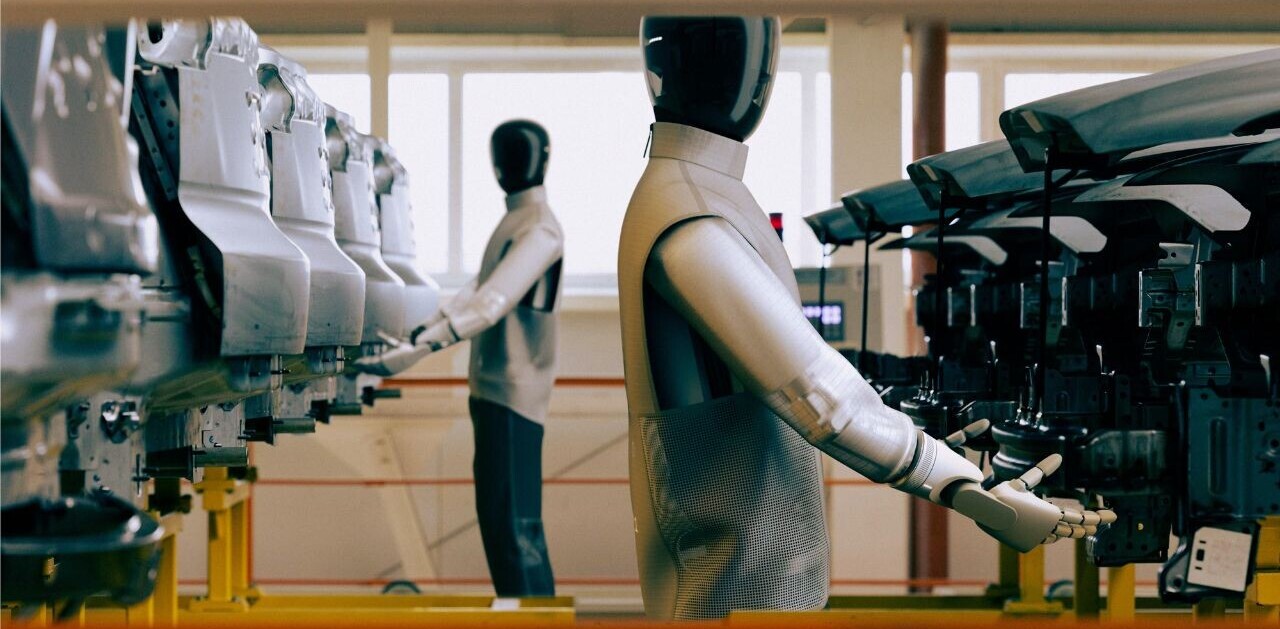
A team of scientists at the Max Planck Society recently published astounding new research indicating they’ve pushed the field of “organoids,” to a bold new frontier.
Up front: Organoids are synthetic biological constructs that mimic human organs to various degrees.
Scientists grow organoids by programming stem cell clusters. Essentially, they feed the clusters the necessary components to spark their growth, and then they employ a series of limiters to guide them into becoming the kind of organoid we want.
The ultimate hope is that we’ll be able to grow organ analogs — synthetic liver or brain organoids, for example — that we can use to advance our scientific and medical knowledge.
As far as the world of science is concerned, there’s an extreme lack of healthy human organs available for invasive study. If we could grow our own fake ones to chop up, pump full of experimental drugs, and do other science stuff to, it could revolutionize how we treat injuries, disease, and aging. But that kind of stuff might be a long way off.
As you can imagine, growing synthetic brains is incredibly complex.
Background: The big news out of the Max Planck Society research involves the development of a special kind of cell in the team’s brain organoids.
According to the team’s research, their organoids produced “outer radial glia” cells, a type of stem cell the scientists believe to be responsible for the way human and primate brain hemispheres develop.
This is a significant finding because, as mentioned above, it’s hard to find healthy brains to study that contain these particular cells.
The Max Planck team’s other major contribution, with this work, is the fine-tuning of a protocol that consistently produces the desired results.
As you can imagine, growing synthetic brains is incredibly complex. Getting it just right has, so far, required decades of trial and error.
With time, this research could lead to more robust brain cultures. Who knows, it’s possible that scientists in the future could end up creating a synthetic human brain that’s identical to the real thing.
Which begs the question, what happens if we connect a brain implant to a functional synthetic brain?
Weird take: Companies such as Neuralink claim they’re on the verge of developing invasive implants that will eventually be inserted into healthy human brains for the purpose of augmentation.
Neuralink claims it’s going to perform human trials by the end of 2022, but we’re not holding our breath. Our interpretation of that statement is that Elon Musk (the founder of Neuralink) had the company put on a waiting list to conduct a study with medical patients who already have invasive brain implants for medical purposes.
It’s hard to imagine a scenario where a governing body with the authority to approve such a request would actually do so.
That being said, there’s no stopping progress. One day, humans will have functional brain implants. And what better way to test them than on synthetic brains that mimic the real thing?
That technology feels a long ways off. But so do synthetic brains that imitate human brains. And, for that matter, so does human-level artificial intelligence.
It stands to reason that those three technologies will inevitably intersect. At some point, if organoids reach true analog capacity, AI becomes artificial general intelligence, and brain-computer interfaces can interpret the brain’s unique language, there’s no telling what kind of “beings” we could put together.
Get the TNW newsletter
Get the most important tech news in your inbox each week.





